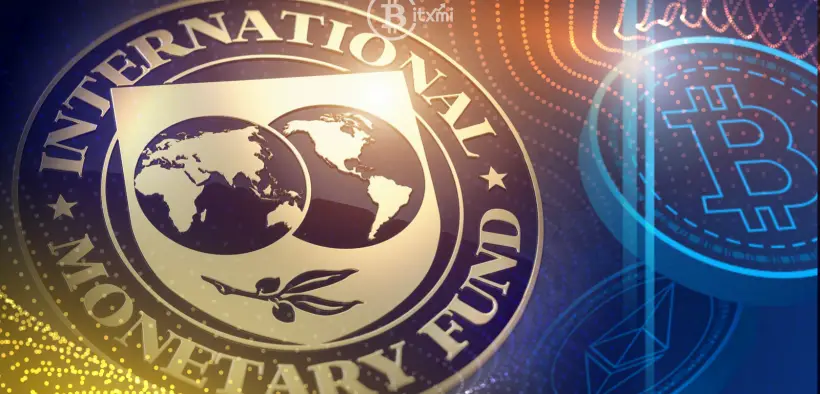The International Monetary Fund classifies cryptocurrency as capital assets

- The classification of cryptocurrencies by the IMF improves the financial transparency and accuracy of global economic data.
- Staking and mining are now recognized as essential economic activities in financial reporting.
The IMF has included digital assets such as Bitcoin in its economic reporting system for the first time. He took this step because cryptocurrencies in international transactions and on the financial markets are becoming more important worldwide.
The new standards offer the necessary definitions to categorize various digital assets so that their economic effects can be properly recorded. Despite the recent pressure of the IMF to restrict his Bitcoin strategy, El Salvador continues to accumulate BTC and consider it a long-term asset- CNF reported.
IMF updates global standards for cryptocurrencies
The new BPM7 manual of the IMF, that On March 20th was publishedbrings different categories to record digital assets in the payment balance sheet systems. As part of the new categorization system of the capital balance, Bitcoin and other cryptocurrencies are classified as non-produced non-financial assets. Financial reporting receives structured guidelines from the IMF when it comes to distinguishing between digital assets that contain liabilities and those that do not do so.
In addition to similar cryptocurrencies, the IMF has described Bitcoin as capital assets because they do not contain any liabilities. Stable coins that act as liabilities are classified as financial instruments. The updated standards require that foreign transactions are recorded with such assets by acquiring or selling them in the capital balance. Foreign investors who have Ethereum or Solana platform tokens via blockchain are now classified as a shareholder by the International Monetary Fund.
The classification system of the IMF enables public institutions and financial organizations to better monitor cryptocurrency flows in the global markets. Market participants who hold cryptocurrency tokens associated with cross-border platforms are treated in a similar way to investors with foreign stocks. In Great Britain-based investors who keep Solana tokens from the United States, the “Equity Crypto Assets” category are classified
In the latest version, mining and staking are recognized as essential components that are required for digital transactions. The new guide stipulates that these activities are recorded under computer services among economic exports and imports. The change simplifies economic reporting and thus leads to better information accuracy for financial decision -making and political development.
Effect on crypto staking, returns and market transparency
The IMF now has updated criteria that deal especially with cryptor sectors and use methods. According to the manual, the income involved can receive income from their staking operations in a way that corresponds to the dividend payments for shares. The method takes into account the role of the safety of the blockchain network in stacking and determines uniform procedures for quantification of the yields.
The inclusion of digital assets in the economic data creates improved transparency by increasing its recognition. By guidance of the IMF, the countries have introduced a standardized method for documenting cryptocurrency transactions that minimize problems in connection with under -reporting or incorrect classification. This development will strengthen global regulatory monitoring and at the same time enable better data acquisition for political decision -makers to assess the market for digital assets.
The BPM7 of the IMF offers international standards for economic reporting through contributions from 160 member states. This update represents significant progress for the official integration of cryptocurrencies into global financial statistics, even if the jurisdiction can apply different execution methods. The legitimization of digital assets in economic indicators by the IMF enables government agencies and economic policy decision -makers to receive better instruments to pursue financial market changes.








No Comments